Analysis of COVID-19 epidemic data in Chinese mainland
DOI: 10.23977/jeis.2024.090202 | Downloads: 2 | Views: 93
Author(s)
Yijia Zhao 1
Affiliation(s)
1 Miami College of Henan University, Kaifeng, Henan, 475000, China
Corresponding Author
Yijia ZhaoABSTRACT
COVID-19 is the most extensive global pandemic affecting mankind in the past century, and it is a serious crisis and a severe test for the whole world. Human life security and health are facing a major threat. The aim of this study was to analyze the epidemic situation in Chinese mainland in November 2022. Based on the data given on the official website of the National Health and Wellness Commission of China, the data on the outbreak of infected persons during the period from 0:00 a.m. on November 1, 2022, to 24:00 a.m. on November 30, 2022, were quantitatively analyzed by means of statistical analyses. The overall epidemic trend graph we plotted through EXCEL, and descriptive statistics were analyzed according to the data on the spread of the epidemic, deaths and cures. The results showed that the data for the whole month of November showed a slow and almost linear increase in the number of deaths, and the number of cures continued to increase at a higher rate than the number of deaths. The average mortality rate was 1.85%, with a minimum of 1.61% on November 30, while the cure rate had a maximum of 96.13% and a minimum of 86.84%. The stabilization of the cure rate and the low fluctuation of the mortality rate indicate that the Government's emergency response has been effective. China established a national emergency management system after the SARS outbreak in 2003, emphasizing hierarchical responsibility and territorial-based public health emergency management. In order to improve public health services, it is necessary to strengthen the planning of public health emergencies, improve the capacity of medical institutions and health administrative departments, increase resource investment and personnel training, and establish an incentive system for medical personnel. It is also crucial to strengthen the rule of law in public health, raise public health awareness, and enhance international exchanges and cooperation. These measures will help improve society's ability to respond to public health incidents and safeguard the health and safety of citizens.
KEYWORDS
COVID-19; epidemic; China; public healthCITE THIS PAPER
Yijia Zhao, Analysis of COVID-19 epidemic data in Chinese mainland. Journal of Electronics and Information Science (2024) Vol. 9: 9-16. DOI: http://dx.doi.org/10.23977/10.23977/jeis.2024.090202.
REFERENCES
[1] Zoran MA, Savastru RS, Savastru DM, Tautan MN, Baschir LA, Tenciu DV. Assessing the impact of air pollution and climate seasonality on COVID-19 multiwaves in Madrid, Spain. Environ Res 2022;203:111849. https://doi.org/ 10. 1016/j. envres.2021.111849.
[2] Zhao Y, Xu H. Chinese Public Attention to COVID-19 Epidemic: Based on Social Media (preprint). medRxiv. 2020.
[3] Zhao Y, Cheng S, Yu X, Xu H. Chinese Public’s Attention to the COVID-19 Epidemic on Social Media: Observational Descriptive Study. J Med Internet Res 2020;22:e18825. https://doi.org/10.2196/18825.
[4] Ye L, Hu L. Spatiotemporal distribution and trend of COVID-19 in the Yangtze River Delta region of the People’s Republic of China. Geospatial Health 2020;15. https://doi.org/10.4081/gh.2020.889.
[5] Zhang X, Liu H, Tang H, Zhang M, Yuan X, Shen X. The effect of population size for pathogen transmission on prediction of COVID-19 spread. Sci Rep 2021;11:18024. https://doi.org/10.1038/s41598-021-97578-9.
[6] Yu J, Yang Z, Wu Y, Ge M, Tang X, Jiang H. Prevalence of and Factors Associated With Depressive Symptoms Among College Students in Wuhan, China During the Normalization Stage of COVID-19 Prevention and Control. Front Psychiatry 2021;12. https://doi.org/10.3389/fpsyt.2021.742950.
[7] Zhang Z, Feng G, Xu J, Zhang Y, Li J, Huang J, et al. The Impact of Public Health Events on COVID-19 Vaccine Hesitancy on Chinese Social Media: National Infoveillance Study. JMIR Public Health Surveill. 2021, 7:e32936. https://doi.org/10.2196/32936.
[8] Zhang T, Yu L. The Relationship between Government Information Supply and Public Information Demand in the Early Stage of COVID-19 in China—An Empirical Analysis. Healthcare. 2022, 10:77. https://doi.org/10. 3390/ healthcare10010077.
[9] Liang X, Ma R, Cheng Y, Gong Q, Li J, Zhu B. The Right to Accessible COVID-19 Testing in the Post-Epidemic Period under the Urban–Rural Integration: Haishu District, Ningbo City, China. Sustainability. 2022, 14:1636. https://doi.org/10.3390/su14031636.
[10] Fan Y, Wang Z, Deng S, Lv H, Wang F. The function and quality of individual epidemic prevention and control apps during the COVID-19 pandemic: A systematic review of Chinese apps. Int J Med Inf. 2022, 160:104694. https://doi.org/10.1016/j.ijmedinf.2022.104694.
[11] Xu T, Yang R. COVID-19 Epidemic and Public Health Measures in China. J Epidemiol Glob Health. 2020, 10:118–123. https://doi.org/10.2991/jegh.k.200421.001.
| Downloads: | 7048 |
|---|---|
| Visits: | 259311 |
Sponsors, Associates, and Links
-
Information Systems and Signal Processing Journal
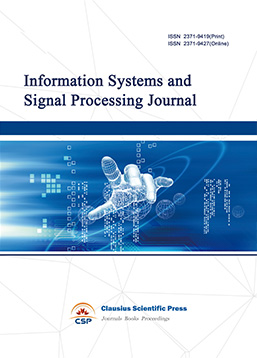
-
Intelligent Robots and Systems
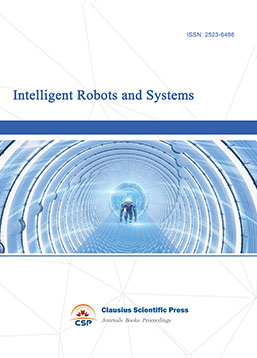
-
Journal of Image, Video and Signals
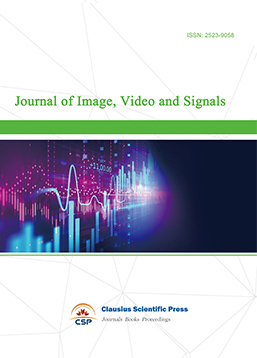
-
Transactions on Real-Time and Embedded Systems
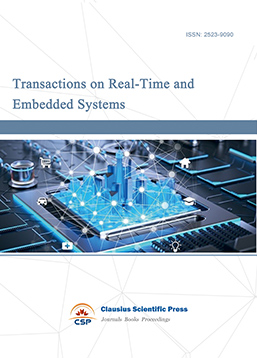
-
Journal of Electromagnetic Interference and Compatibility
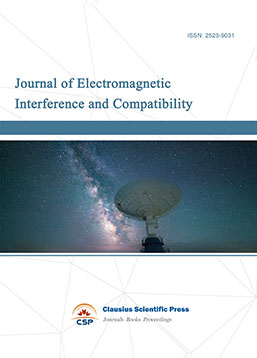
-
Acoustics, Speech and Signal Processing
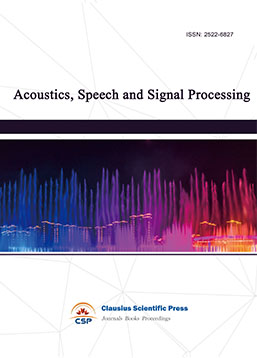
-
Journal of Power Electronics, Machines and Drives
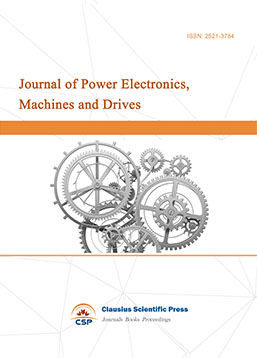
-
Journal of Electro Optics and Lasers
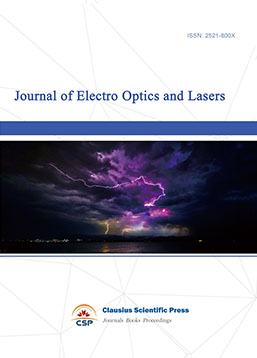
-
Journal of Integrated Circuits Design and Test
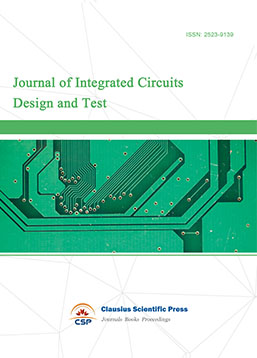
-
Journal of Ultrasonics
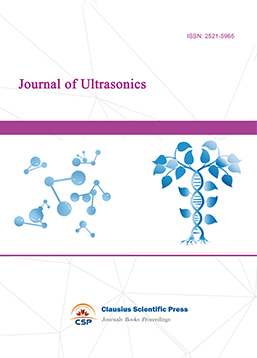
-
Antennas and Propagation
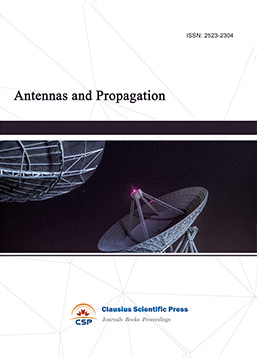
-
Optical Communications
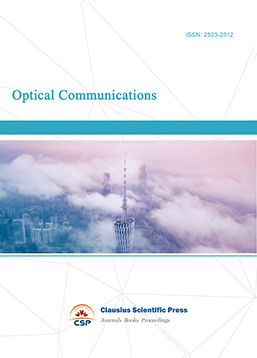
-
Solid-State Circuits and Systems-on-a-Chip

-
Field-Programmable Gate Arrays

-
Vehicular Electronics and Safety

-
Optical Fiber Sensor and Communication
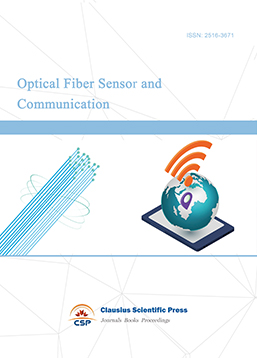
-
Journal of Low Power Electronics and Design
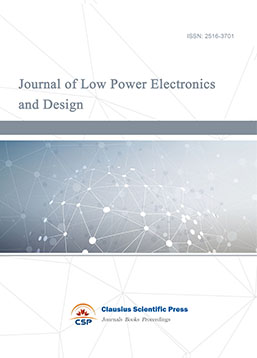
-
Infrared and Millimeter Wave
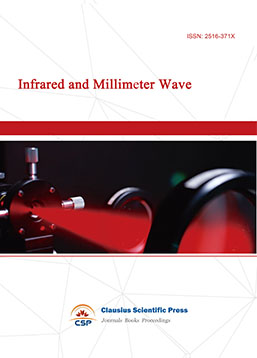
-
Detection Technology and Automation Equipment

-
Journal of Radio and Wireless
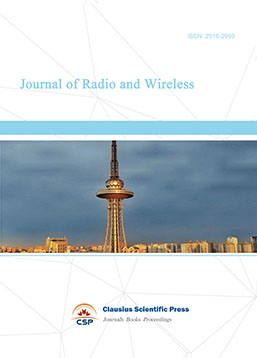
-
Journal of Microwave and Terahertz Engineering
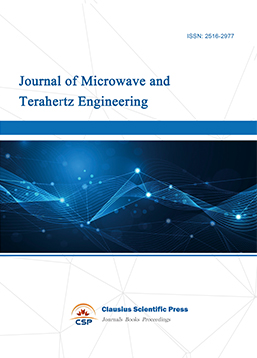
-
Journal of Communication, Control and Computing
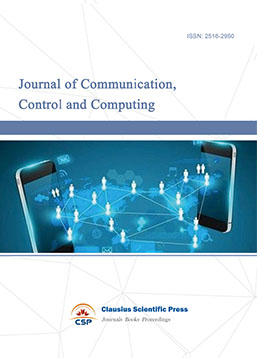
-
International Journal of Surveying and Mapping
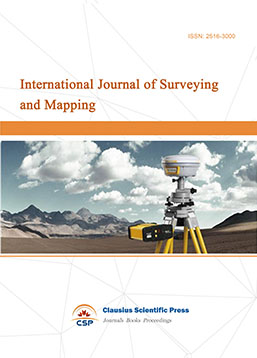
-
Information Retrieval, Systems and Services
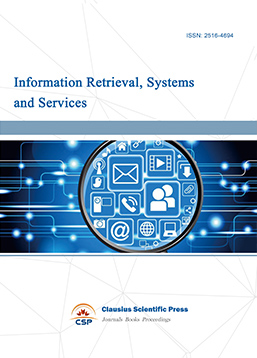
-
Journal of Biometrics, Identity and Security
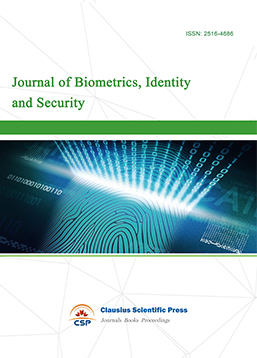
-
Journal of Avionics, Radar and Sonar
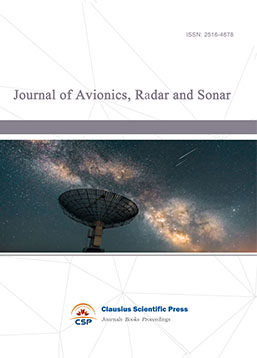

 Download as PDF
Download as PDF